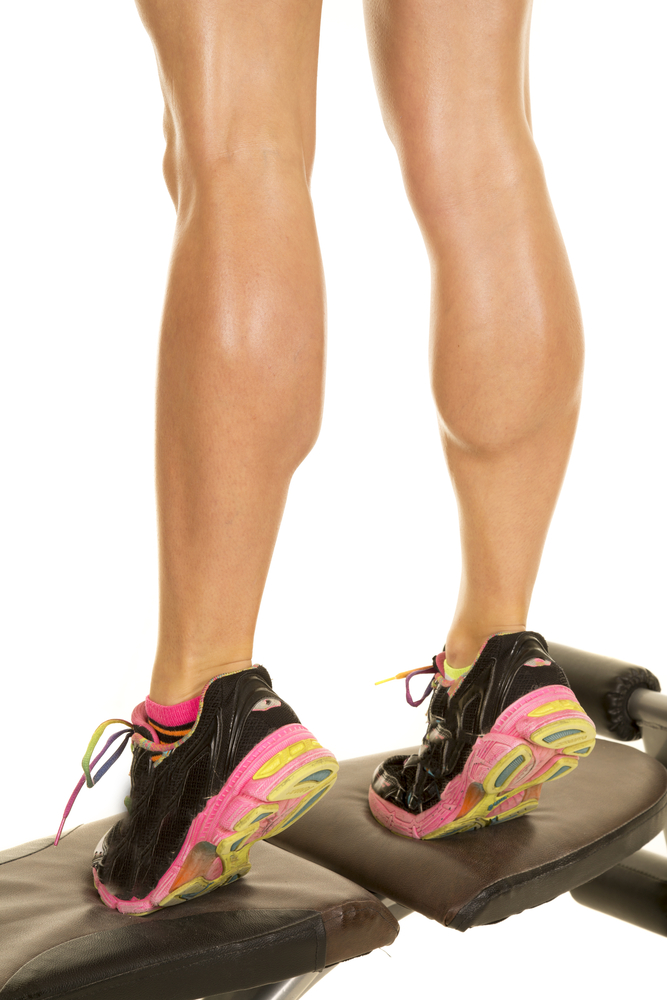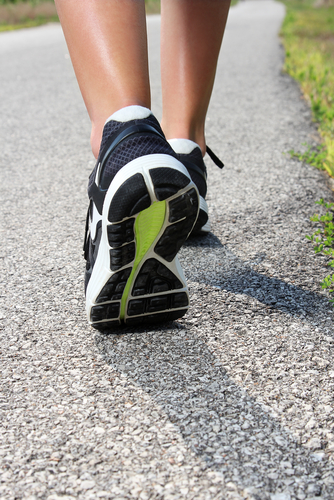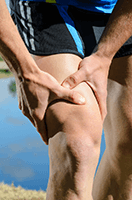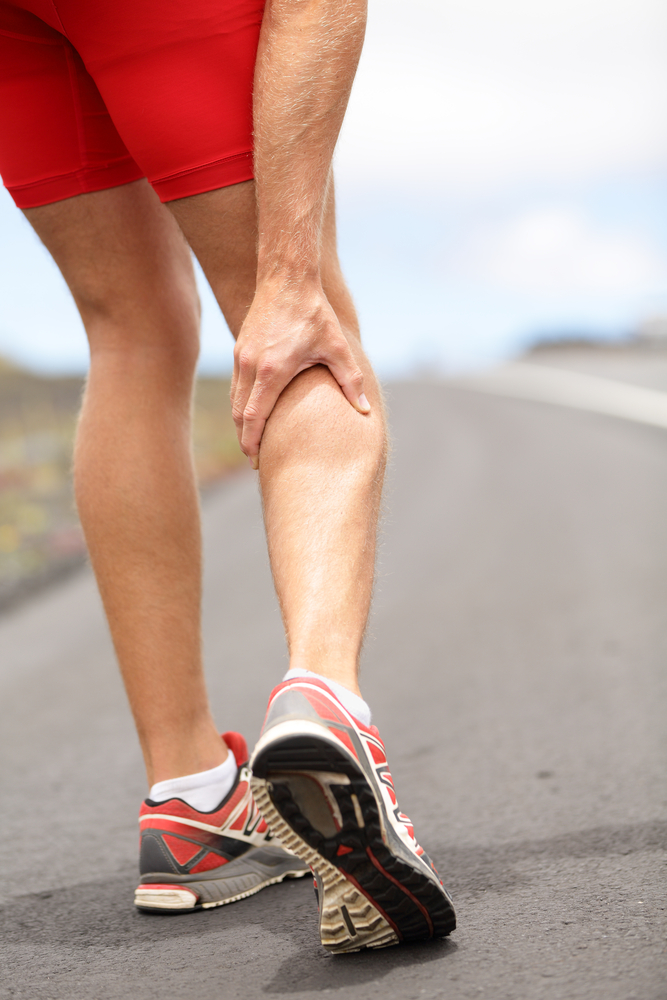Calf strengthening – 5 good reasons why ?
 Calf strengthening is not only a common denominator in alot of lower limb rehabilitation programs, but also plays an important role in lower limb biomechanics, as well as a key aspect of injury prevention.
Calf strengthening is not only a common denominator in alot of lower limb rehabilitation programs, but also plays an important role in lower limb biomechanics, as well as a key aspect of injury prevention.
Here are five good reasons why calf strengthening is important.
- The calf helps with shock absorption on landing, in both running and jumping sports.
- The calf plays a role in forward and vertical propulsion with running and jumping sports respectively, hence strengthening will assist with power and performance.
- Calf strengthening is an important component of injury rehabilitation for a number of injuries directly related to the calf such as achilles tendon issues, calf muscle tears, or ankle sprains.
- Calf strengthening plays a major role in lower limb biomechanics, and is a common exercise when doing rehabilitation for knee, hip and lower back injuries. Increasing strength in the calf can assist in offloading the injured area.
- Calf strengthening helps to prevent achilles tendon issues and calf muscle tears, where fatigue and lack of strength may be a contributing factor to injury.





